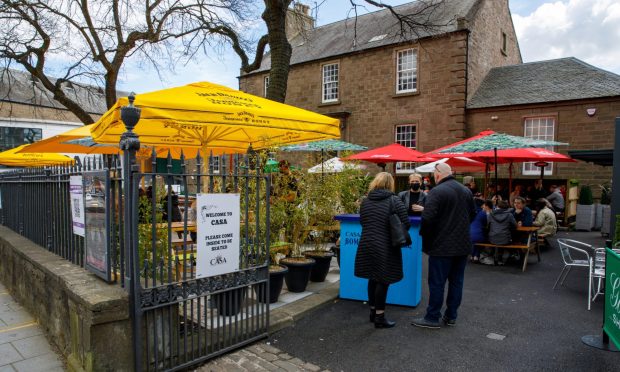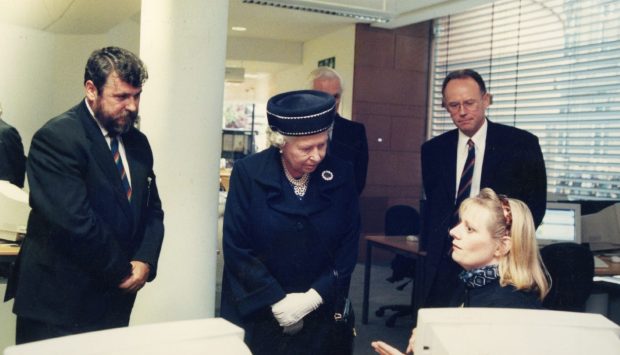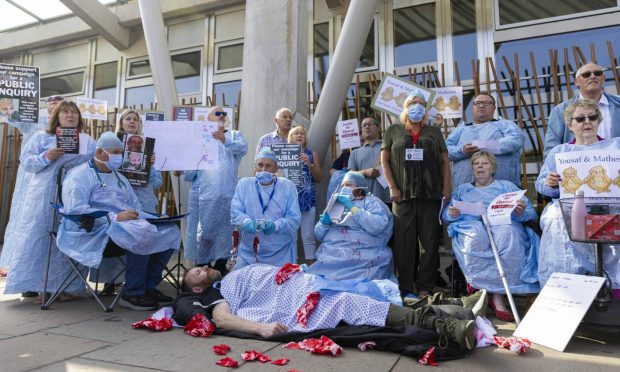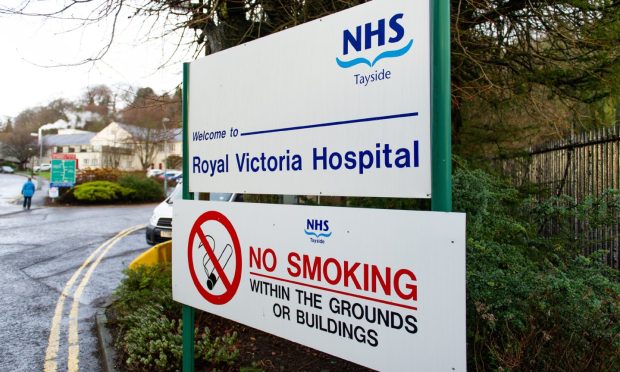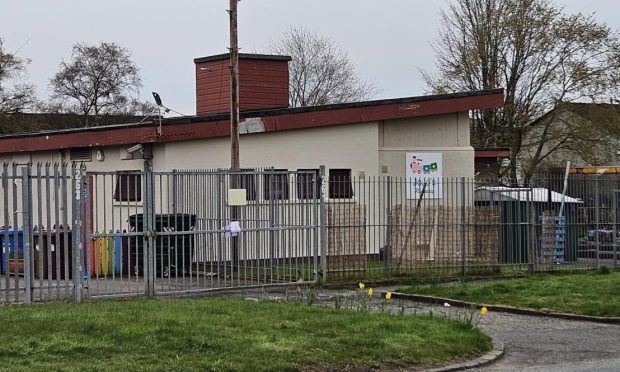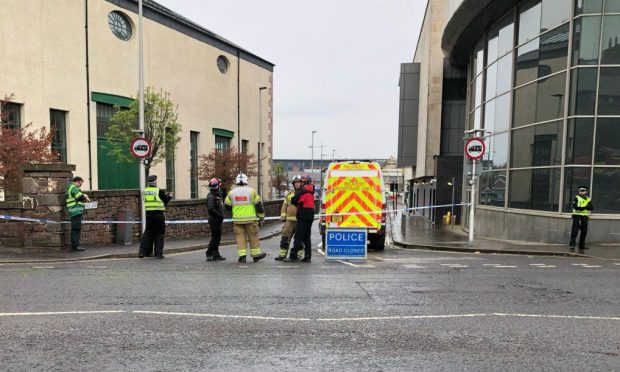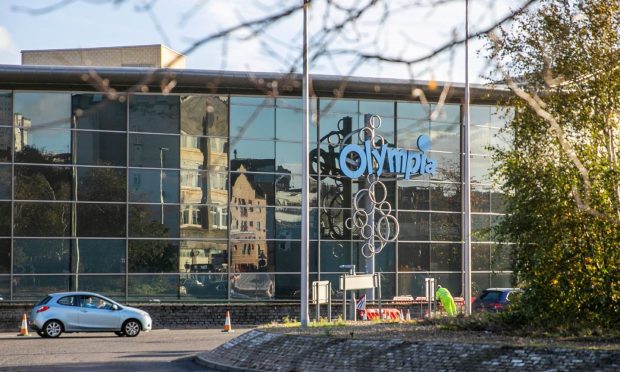Dundee’s drug treatment service is in need of a radical overhaul, according to a damning report on addiction and deaths in the city.
The Dundee Drugs Commission found a lack of leadership in a number of drugs services and said the buildings used by the Integrated Substance Misuse Service were not fit for purpose.
The body was tasked with investigating why there were higher rates of addiction and drug-related deaths than elsewhere.
Its report on the year-log probe has now been published.
Here are its main findings:
● Leadership – Improve leadership; accountability and governance should be addressed as an immediate priority.
● Stigma – Efforts should be made to reduce stigmatisation of those who experience drug problems.
● Language – Stop using derogatory language such as “junkie”, “addict”, “abuse”, “dirty” and “clean”.
● Accountability – Ensure all partners, statutory and third party organisations are equally accountable for drug services.
● Experience – Ensure there is meaningful involvement of people who experience drug problems, their families and advocates.
● Improvement – Services must learn from when things have gone wrong and ensure improvement is continuous.
● Choice – A full range of services should be available to help people in recovery.
● Methadone – Prioritise and improve access to opioid substitution treatment.
● Care – Introduce a “whole system” person-centred model of care.
● Primary Care – Explore how local GPs can better support the delivery of care to people with drug problems, particularly regarding prescription of methadone.
● Mental health – Full integration of substance use and mental health services.
● Causes – Address root causes of drug problems, including poverty, trauma and neglect.
● Children – Put wellbeing of children at the heart of planning.



